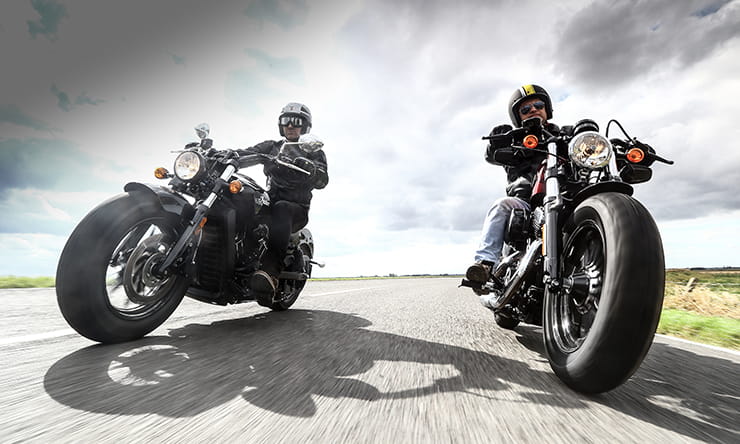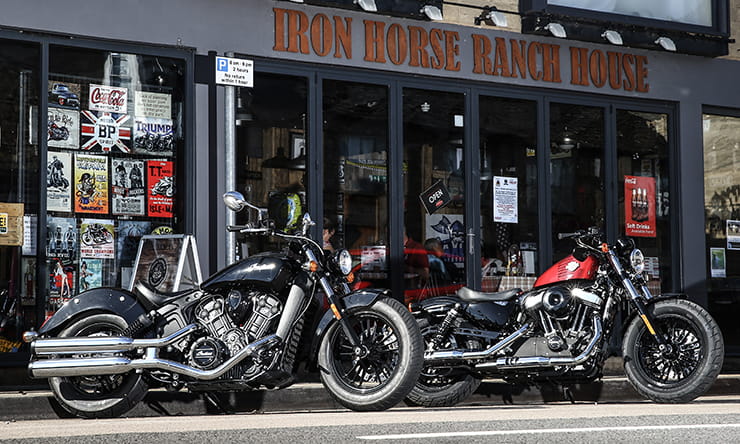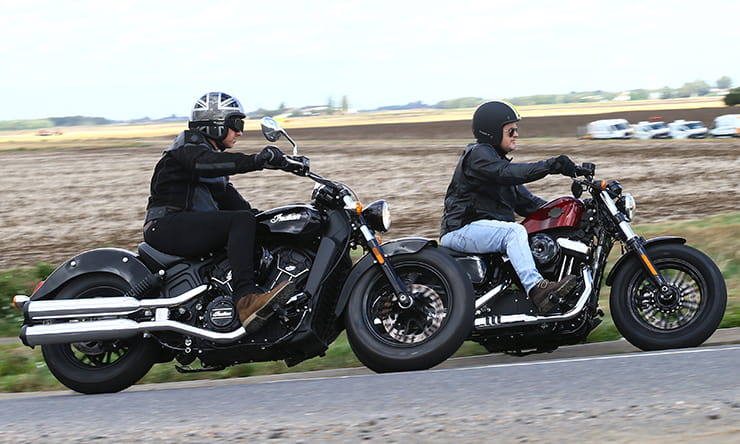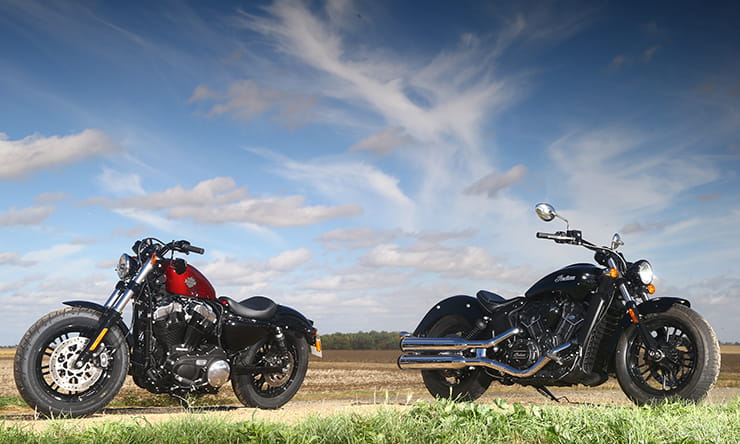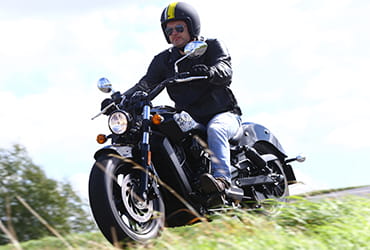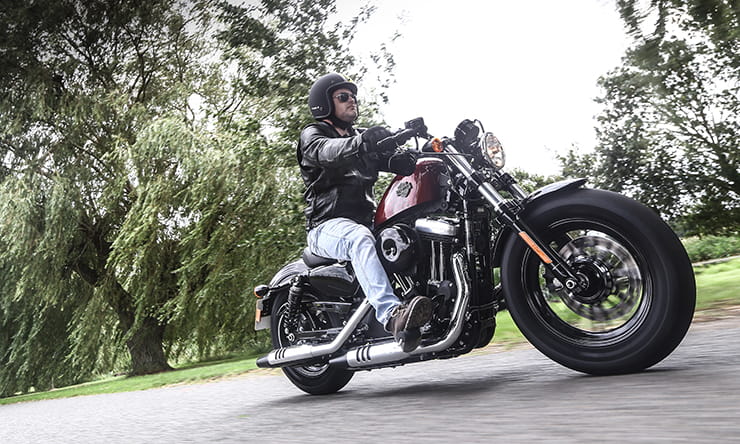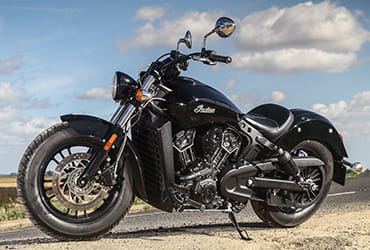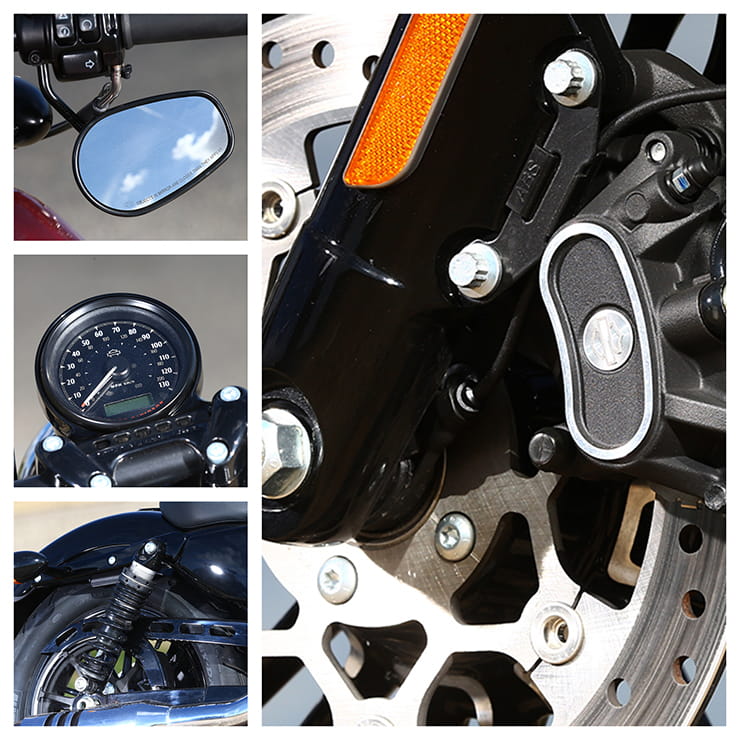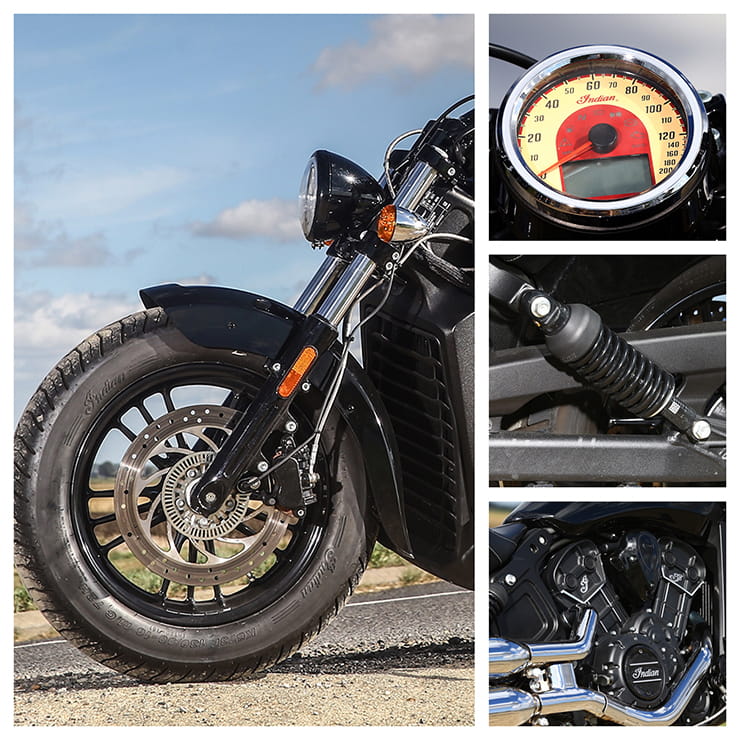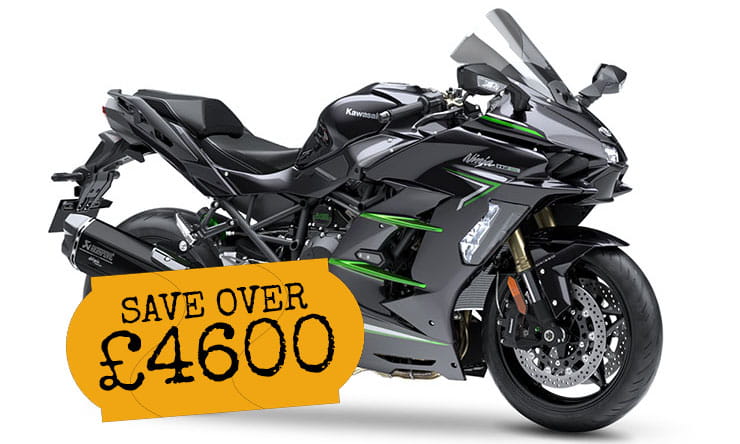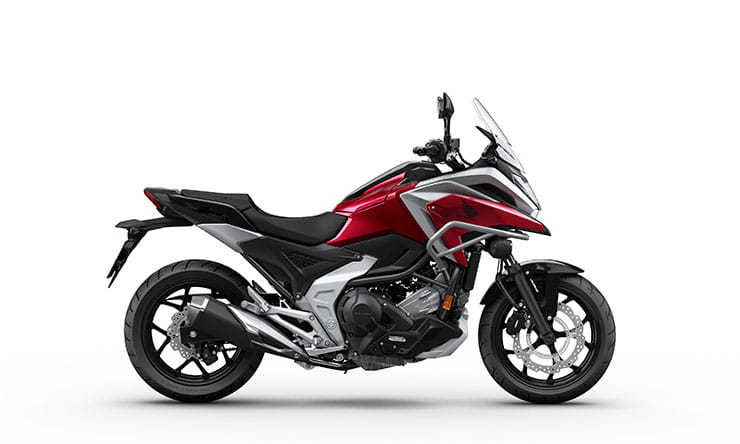In the world of cruisers, authenticity is everything.
Derided by some as slow and overweight, it’s a genre that’s all about the look and the vibe. For many, it’s also the name on the tank and the fraternity of pack riding. For sportsbike riders it can be a difficult concept to buy into, but get your head around it and on the right day, on the right road, there are few purer motorcycling experiences.
The cruiser concept is one of the most relaxing and accessible in the whole of motorcycling. The bikes are low in height and low in power. They’re easy to ride and have the look of a traditional motorcycle that’s just ridden out of a Hollywood set. Man or woman, short or tall, rookie or veteran, the cruiser offers something for everyone.
To understand cruising, you have to understand where it comes from. It’s the most American of concepts. The States are vast and the highways long and straight, with 55mph limits policed by bored small town cops. That was the Fifties, in the heyday of Route 66, but such was the impact of American culture from that era that the dream remains alive today.
Today’s bikes may have moved on significantly in terms of performance, reliability and emissions, but the concept of the cruiser remains as pure as ever. It’s a stripped down iron horse with feet forward comfort and a minimum of gadgets.
And, as we’re talking authenticity, it’d better be from a historical American brand. Which brings us to these two. Other cruisers are available, but if you want American, Harley-Davidson screams USA like the Stars and Stripes, Uncle Sam and Grandma’s Apple Pie.
The Sportster range has been a staple in Harley’s range since 1957 and is the very essence of the concept. They are low and easy to ride and, as the entry level model in the range, are affordable to a wide number of riders. The Sportster range starts at £7795 for the 883cc Iron, but for this test we’ve gone with the £9845 Forty-Eight named because, erm, the shape of its fuel tank first appeared in 1948.
Against it, we’ve got Indian’s Scout Sixty, named because the engine is, er, 61cubic inches in capacity. It is the cheapest model in the reborn Indian range and retails at £8999. If you’ve never heard of Indian before then that’s ok. It’s a brand that lay dormant for most of the last century, but the original company was founded in 1901 (two years before William Harley and Arthur Davidson started experimenting with their first motorised bicycle design) and was, for a period, the world’s biggest motorcycle manufacturer.
Now part of the giant Polaris Industries group and manufactured in North Carolina, the reborn brand has been on sale for three years now. What we have here are two very authentic £10k cruisers with the right name on the tank and plenty in common, at least on paper...
On the road
Let’s be clear, neither of these bikes are ideal for touring on. There’s no real luggage provision but comfort isn’t too bad, up to around 70mph that is. It’s the stripped back nature that means neither is particularly practical. That top speed limit is a result of the lack of wind protection and wide bars that turn the rider into a sail. If that bothers you, then you’re probably looking at the wrong type of bike. The clue is in the name, cruiser, and where they are at their best is lolloping along at 55-65mph, hardly surprising given the draconian speed limits in their homeland.
I found the solo seats pretty comfortable, especially on the Indian, and my butt durability certainly outlasted the fuel range. Both are traditional feet forward designs, which I personally find comfortable, although the Harley's big pancake air filter housing sits just where I don't want it to be, right by my right knee. While we're on the 'things-I-don't-like-about-the-Harley' rant, I wasn't overly keen on the visibility from the underslung mirrors (although they do look ace) and the indicators won't be to everyone's taste. As a long-time BMW owner, I like the idea of a button for right and another for left, although I'm not so keen on the way that they are self-cancelling.
The Indian was doing about 45mpg in my time with it but, with 11 litres from full to light, I found myself looking for a fuel station every 100 miles. It must be said, though, that my colleague Michael was pretty critical of comfort on both, which goes to show how different bikes fit different bodies in different ways.
While the Scout’s 12.5 litre tank is pretty small, the Forty-Eight carries just 7.9 litres of unleaded. It’s style over substance, that’s for sure, but that tiny little peanut tank is the Forty-Eight’s signature piece. After all, the name ‘Forty-Eight’ pays homage to the 1948 Sportsters, which were famous for introducing the tank design to the V-Twins. I found myself getting 70 between stops, although you can’t really berate the Forty-Eight for lack of range. If long runs are more your thing, the larger tanked (and dual seated) Sportster 1200 Custom will hold more than twice as much fuel as the Forty-Eight, and costs just £100 more.
Handling isn’t really a strong point of either of these bikes, but get into the right mindset and they can be fun to ride. With those big balloon tyres, neither is going to be particularly agile. Ride them hard and they can raise a few eyebrows, but that's not really the point. These are bikes best enjoyed at a leisurely pace.
The Indian does feel heavy to steer and has a ginormous turning circle. It doesn’t cope well with imperfections on the road but at least there is more ground clearance than on the Sportster, although the lack of hero blobs means that when metal does touch down, it’ll be the sound of expensive pegs rather than sacrificial screws grinding away.
The Harley, although feeling heavier at standstill (Harley claim 252kg ready to ride) feels more agile on the go. It’s much more manoeuvrable at low speed and I preferred the brakes too. The Scout's front brake is effective enough but felt a little spongy. Neither has the most sophisticated ABS system you'll ever experience, but both are adequate enough.



